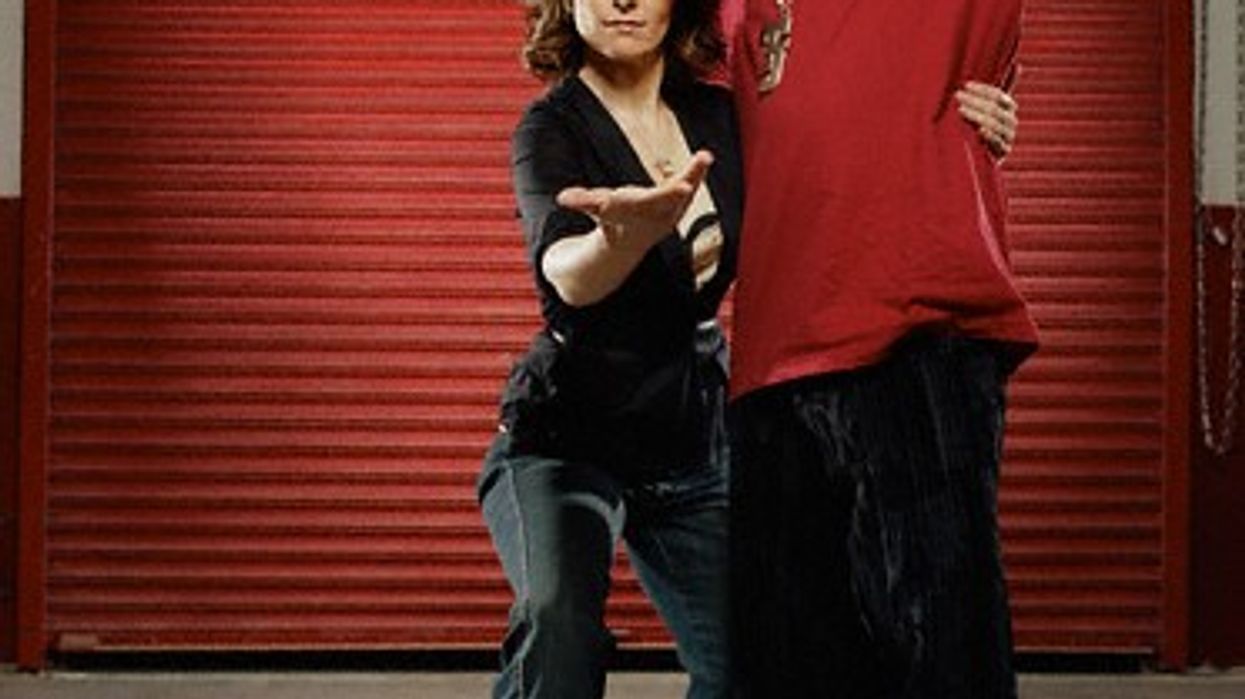This challenge is in partnership with Levi's ®
What’s clogging up your larder is also probably clogging up the earth. Today, get your green on by sorting out which pantry items you can reduce and which you can ban altogether.
Not All Foods Are Created Equal: Some of your favorite food staples bear a much higher carbon footprint than others. A general rule of thumb is the less processed a food is, the less damage its production causes to the environment. According to a 2011 study from the Environmental Working Group, some of the best foods to keep around include lentils, beans, and nuts. When it comes to grains, choose ones high in protein, such as brown rice or quinoa. And you can safely assume your favorite salty, cheesy snack chips are bad for your body and the earth. Does it include fake flavoring or coloring? Does it have a marshmallow cream center that will surely outlive you? Get rid of it. Ok, fine, eat it first, but think twice about buying it again.
Can It: Save money and eat healthy by preserving some of your own food at home. With the start of spring, you'll be able to stop by your local farmers market for the season’s freshest fruits and veggies. What you buy can last months longer as your own jams, canned tomatoes, and pickled vegetables. Get prepped with the USDA’s guide to home canning.
Ban Bottled Water: A regular commercial water bottle takes about 1.5 gallons of water to make—three times as much water as it contains. Even if you only purchase one 12-pack per month, you’re racking up 216 extra gallons of water used per year. On top of that, only one in five water bottles are recycled, while the rest are thrown into landfills, left to decompose for hundreds of years, or float around the ocean for possibly longer.
Photo via (cc) Flickr user Cowgirl Jules
To learn more about how you can save water every day, click here and take the Water









